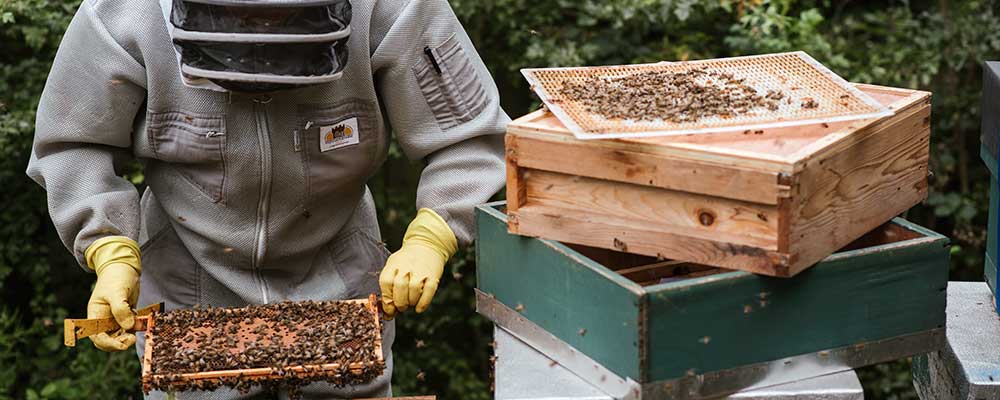Safety Gears are protective clothing or equipment used to protect workers or individual from hazard in workplace. Exposure to different hazardous substance or machine makes it difficult to prevent accident. Protection is therefore, the next call of duty, since one can never overdo safety.
Without a safety gear, one will be exposed to acute symptoms to allergy, irritation, smell and toxin that can further cause ailing diseases.
The hazard one gets exposed to can generally be said to be from:
Dermal exposure – i.e. the skin
Oral exposure – i.e. mouth and Exposure from inhalation.
The sense organ that comprises the skin, tongue (mouth), nose, ear and eye are the part of the body most susceptible and therefore require the most protection.
Types of safety gears
1. Safety gear for the head
An example here is hard hats. They are also known as helmet, they help to protect the head from accidental falling object or collision. They are usually made of plastic and come in different colours.
2. Personal protective equipment
This safety gears are garment or overall that ensure the body surfaces are totally covered.
3. Respiratory safety gear
The nose as an organ for inhalation can be safely protected with face mask. Face mask can be disposable depending on its material. Face mask made of clothing material can only used for temporary period as the pores losses its textures. Face mask made of plastic are durable and can cover half or full face depending on the work terrain and how much covering is needed.
4. Safety gear for the eye
The eye can be safely protected with goggle, face shield and UV/sun protective sunglasses.
Goggle lens provide better protection than safety glasses and is effective in preventing eye injury from impact of dust, chemical splashes and light producing object.
Face shield provide additional protection, hence should only be worn over standard eyewear
UV/Sun protective sunglasses- example include gear district polarized UV400, Sungait vintage round gLeSpecs Wannabae Sunglasses, Oakley Latch Key Sunglasses, Smith Caper Sunglasses, Zero UV Mirrored Shades, Maui Jim Red Sands Sunglasses, Roka Halsey Sunglasses, Ray-Ban, Aviator Mine
5. Safety gear for the ear
Examples here are ear muff and ear plugs. The ears are not just for hearing but also detection of sound and balance while working. Its high sensitivity is reflected in the fact that, exposure to high level noise of greater than 85 decibels or hearing a loud noise consistently for 8 hour or more, can lead to hearing loss. This can be permanent or temporary depending on the amount of exposure.
6. Safety gear for The foots
Leather shoes and socks can be worn, but in case of exposure to large amount of chemicals like pesticides, rubber boots which are chemical- resistant should work.
7. Other safety Gears
Hand glove provide covering for hands ensuring that germs are not transferred from hand to other body part. It can also be used to prevent chopping off of the hand by large duty machines.
Safety harnesses are ropes/cables that are used to ensure safety while climbing or to connect a stationary object to a non-stationary one.
Safety Gears usage therefore also depends on the work environment. It should not be combined in a way that that would make it difficult for personnel to carry out their duty or too bulky to carry around, that can lead to sloughiness. Safety gears serve to protect users and not cause further risk. Any gear that seem uncomfortable with a personnel should be switched for an alternative as long as safety protocol is not breached.




